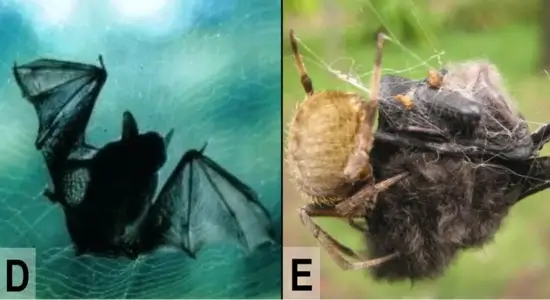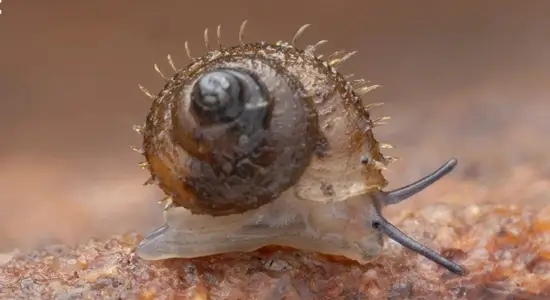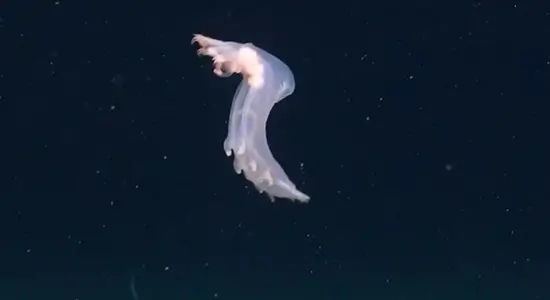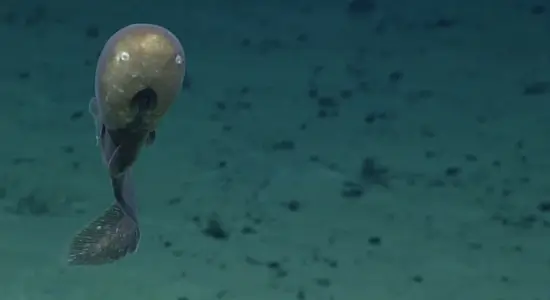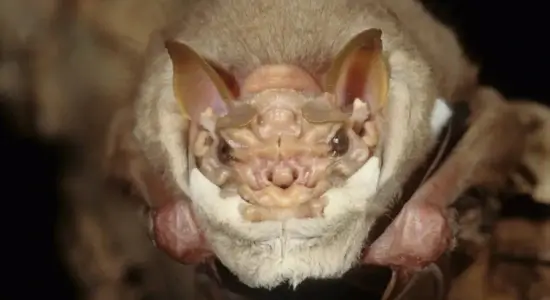Alright, Fact Fun crew! Sukhi’s here with the latest on deep-sea mining, a topic that’s both fascinating and a little bit controversial. We’re talking about digging up the ocean floor for battery metals, and it turns out, we’re still figuring out the long-term consequences. Let’s dive in!
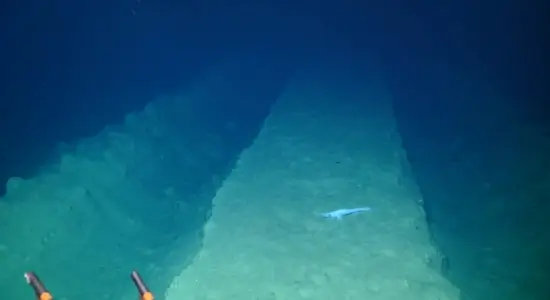 Alien sea creatures call this mining zone home. But can they bounce back? Image: National Oceanography Centre/Natural History Museum
Alien sea creatures call this mining zone home. But can they bounce back? Image: National Oceanography Centre/Natural History Museum
1979: The Deep-Sea Mining Experiment
Okay, so picture this: back in 1979, some scientists decided to do a little experiment. They wanted to see what would happen if you mined the seabed. They went to a spot in the Pacific Ocean called the Clarion-Clipperton Zone (CCZ), which is like a treasure trove of these weird things called “manganese nodules.”
Deep-Sea “Potatoes”: A Battery Metal Bonanza
Now, these manganese nodules might not look like much to you and me. They’re kind of like deep-sea potatoes. But to battery makers, they’re gold! They’re packed with delicious metals like nickel and cobalt, which are super important for making batteries for our fancy gadgets and electric cars.
The Big Question: What’s the Damage?
Here’s the thing: we need more batteries, but getting those metals often means more mining. And mining on land can be bad news for biodiversity and those carbon-sequestering trees. So, some people have started looking at the seafloor as a potential solution. But nobody really knows for sure what the long-term impact of deep-sea mining might be.
44 Years Later: The Seabed Speaks
That’s where this new study comes in. Scientists from the National Oceanography Centre and the Natural History Museum, London, decided to revisit that 1979 experiment site. They wanted to see what’s changed after 44 years.
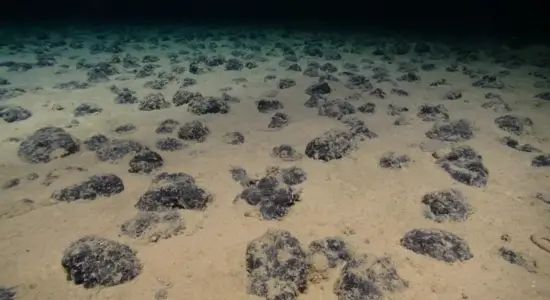 Behold! Deep-sea ‘potatoes’ loaded with battery gold! Image: National Oceanography Centre/Natural History Museum/NERC SMARTEX
Behold! Deep-sea ‘potatoes’ loaded with battery gold! Image: National Oceanography Centre/Natural History Museum/NERC SMARTEX
And guess what? The tracks left by the mining machine from way back then still look fresh! Dr Adrian Glover from the Natural History Museum said it was “almost as if they were made yesterday.” That’s because things happen slowly in the deep sea.
Life Finds a Way… Sort Of
But here’s the cool part: animal life has started to come back to the mined area! Small and mobile critters, like amoeba-like xenophyophores, are making a comeback. That’s some good news, right?
However, the bigger animals, especially the ones that stay fixed to the seafloor, are still rare. And scientists don’t know what that means for the overall health of the deep-sea ecosystem.
The Sediment Plume Problem
Another concern about deep-sea mining is sediment plumes. These are like clouds of dirt that get kicked up when mining happens. People worry they could spread far and wide and mess with the seafloor life. But this study didn’t find much evidence of long-term damage from them.
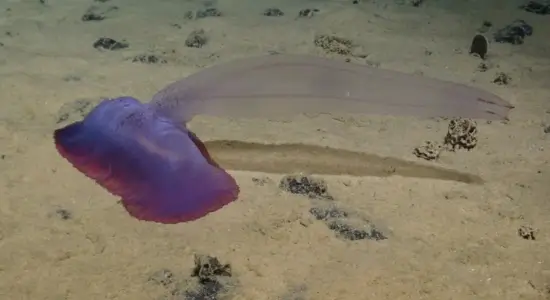 Alien sea creatures call this mining zone home. But can they bounce back? Image: National Oceanography Centre/Natural History Museum
Alien sea creatures call this mining zone home. But can they bounce back? Image: National Oceanography Centre/Natural History Museum
Scaling Up: A Tricky Business
Dr. Glover pointed out that it’s “very hard, or perhaps impossible,” to know how bad the damage from a small experiment is compared to a huge commercial mine. These mines could be massive, but even those are small compared to the vastness of the ocean floor.
Biodiversity: The Real Worry
Glover said that while this study looked at the ecological impact of the disturbance, they haven’t really figured out the potential for “irrevocable biodiversity loss.” That means we don’t know how many unique species might be lost forever.
To try and protect biodiversity, scientists have been setting up protected areas in the region. But they don’t know how well these areas are working because they haven’t studied the biodiversity there very well.
Recommended stories about underwater animals
- Pigbutt worm, a sea worm that looks more like a pig’s butt than a worm.
- Immortal jellyfish and the secret to escape death that humans want to know.
- giant ghost jellyfish An undersea haunting that takes fear
Conclusion: This new study gives us some clues about what deep-sea mining might do to the seafloor. It’s not all doom and gloom, but there are still a lot of big questions, especially about how it might affect the unique life that lives down there. The quest for battery metals might lead us to the deep sea, but we need to tread carefully, Fact Fun crew!
ref : iflscience , netural

